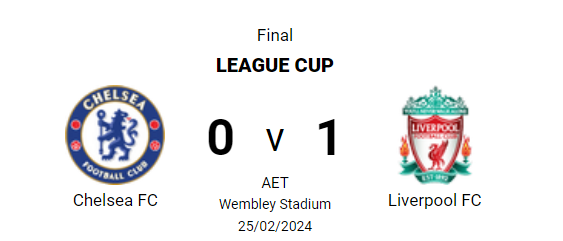Remembering Kalpana Chawla and NASA's Columbia Space Shuttle Disaster
A Fateful Return
On the fateful day of 1st February 2003, the NASA Columbia Space Shuttle was making its routine return to Earth. Little did the world know that this 28th flight of the Space Mission Columbia program would turn into a tragic event, leaving an indelible mark on space exploration. In this article, we delve into the life of a remarkable astronaut, Kalpana Chawla, and the unfortunate events that unfolded during that mission.
1. A Routine Mission Turns Tragic
The shuttle re-entered Earth's atmosphere at 08:44 AM, seemingly routine. However, a sudden disruption occurred, marked by an ominous communication cut. What followed was a series of attempts to re-establish contact, ultimately revealing the unimaginable - an explosion had occurred aboard the Columbia Space Shuttle.
2. The Human Story of Kalpana Chawla
2.1 Early Life and Struggles
Kalpana Chawla, born on 17th March 1962 in Karnal, Haryana, faced societal challenges from an early age. Determined and passionate about space, she defied norms, pursuing a career in a field dominated by men.
2.2 Educational Journey
Undeterred by discouragement, Kalpana earned a degree in Aeronautical Engineering from Punjab Engineering College. Despite familial objections, she pursued her Master's in the U.S. and later obtained a Ph.D. in Aerospace Engineering, specializing in Fluid Dynamics Aircraft.
2.3 NASA Selection and Achievements
In 1994, out of 4,000 applicants, Kalpana was among the 20 selected for NASA's astronaut training. Her accomplishments included becoming the first Indian-origin woman in space during the STS-87 mission in 1997.
3. The Columbia Space Shuttle Program
3.1 Overview and Focus on Reusability
The Columbia was a crucial part of NASA's Space Transportation System (STS) program, focusing on reusability. It completed 27 successful missions before the disaster, challenging misconceptions about the safety of repeated shuttle use.
3.2 The STS-87 Mission and Kalpana's Role
Kalpana's first space flight, STS-87, involved operating the robotic arm and deploying the Spartan satellite. Despite challenges during the mission, her success marked her as a trailblazer and an inspiration.
4. The Tragic Turn of Events
4.1 Foam Strike Incident
The disaster's roots traced back to a small foam piece, a routine occurrence during shuttle launches. However, a piece striking the left wing during Columbia's launch went unnoticed, leading to a fatal chain of events.
4.2 NASA's Oversight and Communication Failure
Despite indications of potential damage, NASA's oversight and communication failure became apparent. The Columbia Accident Investigation Board (CAIB) revealed that the decision to ignore the damage led to the tragic outcome.
5. Aftermath and Legacy
The aftermath saw a pause in NASA's space shuttle program, introspection, and changes in shuttle design. Kalpana Chawla's legacy lives on in tributes, including asteroids named after the Columbia crew.
Conclusion: A Hero's Impact
In conclusion, the Columbia Space Shuttle disaster was a heartbreaking chapter in space exploration. Kalpana Chawla's journey symbolizes determination, breaking barriers, and the pursuit of dreams. As we remember this tragedy, let's also celebrate the spirit of those who dared to explore the cosmos.
Frequently Asked Questions (FAQs)
1. Was the Columbia disaster caused by the reuse of the shuttle?
No, the disaster was not caused by the shuttle's reuse. The STS program was designed for reusability, with a meticulous process of inspection and refurbishment after each flight.
2. What changes were made after the Columbia disaster?
Post the disaster, NASA halted the space shuttle program, made changes in shuttle design, and improved oversight. The foam ramp design was modified to prevent similar incidents.
3. How did Kalpana Chawla impact science education?
Kalpana Chawla's passion for science education led to initiatives like NASA's Summer Space Experience Program for students from her secondary school in Karnal, India.
4. What was the significance of the STS program?
The Space Transportation System (STS) program, running from 1981 to 2011, focused on reusability, conducting 135 missions, including the Columbia flights.
5. How did the Columbia crew pass away?
The Columbia Crew Survival Investigation Report stated that due to cabin pressure disruption, the astronauts passed away within seconds during the shuttle's violent disintegration.










